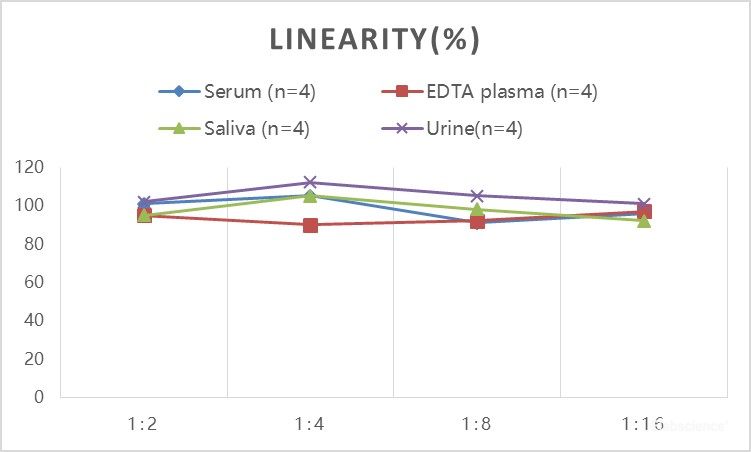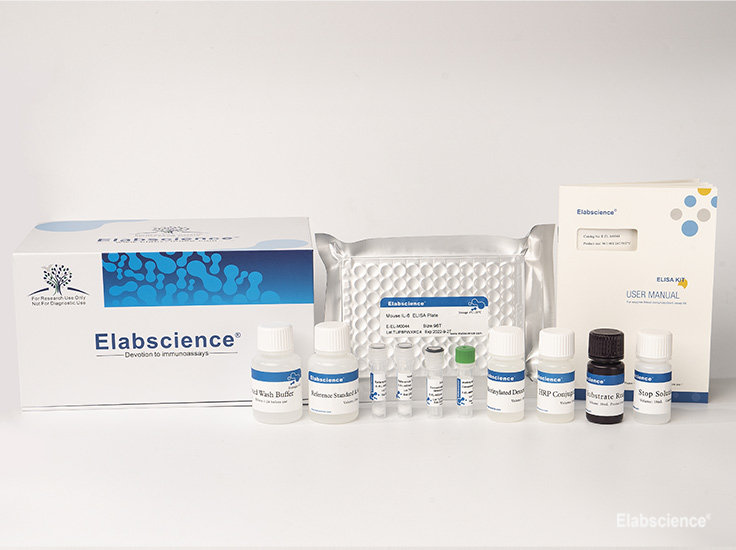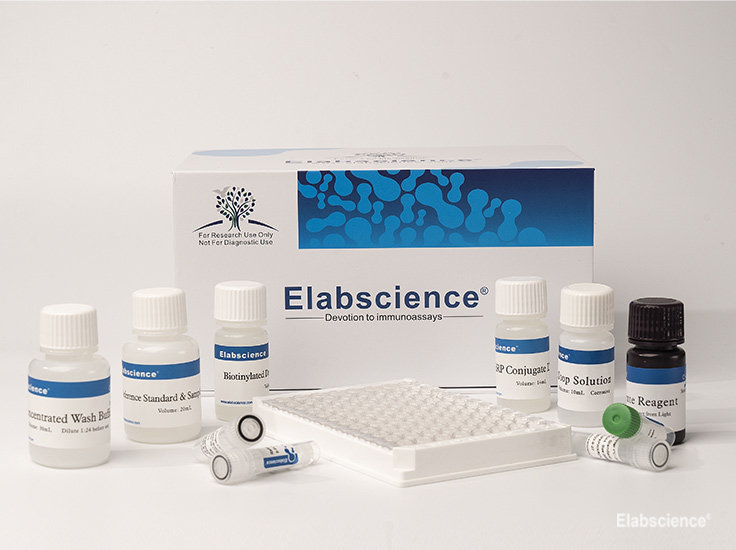Background
Cystatin C is a non-glycosylated cysteine protease inhibitor with a molecular weight of 13 kDa. It is produced at a constant rate by nucleated cell and freely filtered by the renal glomerulus, and serum cystatin C is an established, novel marker of renal function. Cystatin C is a more specific marker of glomerular filtration rate than creatinine, because levels are independent of age, sex, muscle mass and diet [1]. In addition, high cystatin C is associated with elevated risk of death from myocardial infarction, stroke, and metabolic syndrome. Higher levels of cystatin C and the presence of certain isoforms have also been related to neurological and cerebral disorders such as cerebral amyloid angiopathy, amyotrophic lateral sclerosis, multiple sclerosis, and Alzheimer’s disease. Cystatin isoforms can be detected both in serum and cerebrospinal fluid and more than a dozen have been reported so far.
1. Ferguson T W, Komenda P, Tangri N. Cystatin C as a biomarker for estimating glomerular filtration rate. [J]. Curr Opin Nephrol Hypertens, 2015, 24(3):295-300.



















